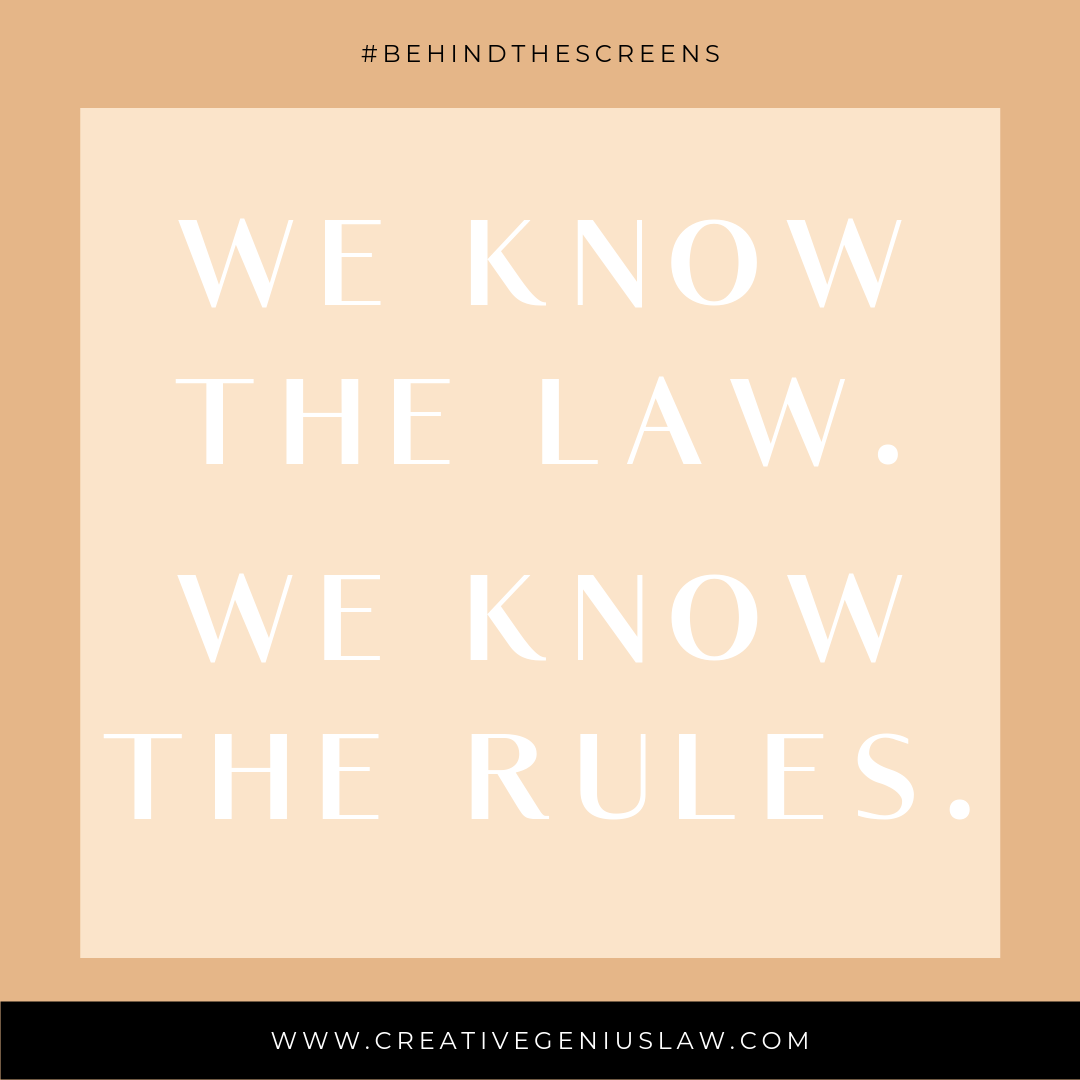We tell peeps all the time that the USPTO process can be deceptively simple. On the surface, it looks like you’re submitting a form. But if it was that simple, we wouldn’t need to keep a 1000+ page trademark rule book on standby.
Knowing the rules like the backs of our hands help us win, which helps YOU win. We mean it.
Thanks to our in-depth knowledge, just today we had a big USPTO client win. We submitted a Statement of Use (SOU) on behalf of our client who had submitted an “intent to use” application in a hot + rapidly expanding industry.
A SOU shows the USPTO that the applicant is now using the trademark in commerce. The examining attorney assigned from the USPTO to review the file initially rejected the specimen that we submitted with our client’s SOU. A specimen is basically a fancy legal word that is used to describe the actual documentation or evidence of someone’s use of a trademark.
Lucky for our client, we were able to flag that the examining attorney cited the wrong rule when rejecting our submission.
They cited the rule for specimens associated with goods and not the one for services. We prepared a substantive response that respectfully called out this mistake, provided the correct rule and included relevant case law to show why our applicant’s file should be accepted as-is and allowed to proceed in the process.
Guess what? The application is now proceeding to registration.
Now for some this might sound like small potatoes, but working with attorneys who know the technicalities is important. Had an applicant been filing alone or with less experienced counsel, they may have accepted the initial rejection of the specimen.
This would have been to their detriment. Accepting the rejection would have required a new specimen to be submitted. If this was all that the applicant had, then they would have to start using a new specimen and then resubmit their SOU.
Why does this matter? Because now the applicant’s date of first use would be based on the date that they started using the NEW specimen.
The catch 22? U.S. is a first use country– meaning, if someone starts actually using a trademark first, they have priority + can challenge someone else’s subsequent use. That becomes a greater concern when an applicant is entering a hot market. It’s always to an applicant’s benefit to be able to establish the earliest date of use.
Because we knew the nuances of the trademark rules, we were able to preserve our client’s earlier date of use.
We call that a win. And the perfect way to step into the weekend.
Ready for us to put our knowledge to work for you? Let’s chat! Complete your intake here to get started.
